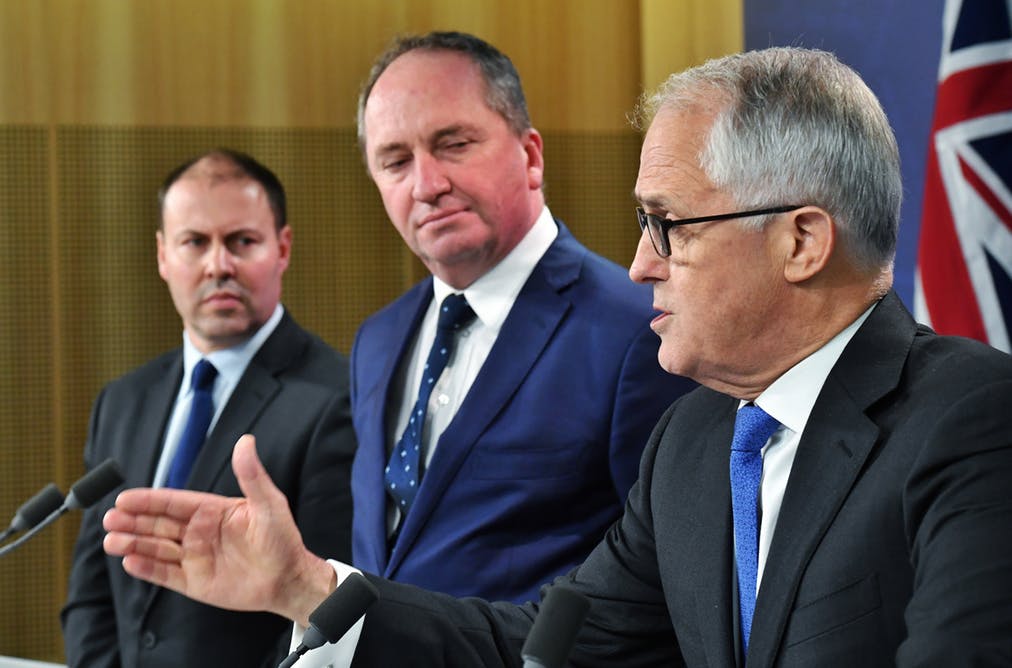4 Jul 2020
News & Information
What is the National Energy Guarantee (NEG)?

The Details.
On 17 October, the Federal Government announced they will be moving from the Clean Energy Target (CET), as recommended by the Finkel Review, towards a new energy policy called the National Energy Guarantee (NEG)1. This is big news in the industry, after many months of indecision.
The states still need to accept the proposal via the COAG process. If successful, the federal government will be setting a new emissions reduction target and the Australian Energy Markets Commission (AEMC) will translate this into a target for each energy retailer and large energy user connected to the grid2.
The proposed policy puts two major responsibilities on electricity retailers and large energy users:
- A reliability guarantee to boost the reliability of the electricity market
- An emissions guarantee to reduce the emissions intensity of electricity supply
Under the reliability guarantee, the retailers will be contracted to supply enough ‘dispatchable capacity’ to meet a specified proportion of their peak load. ‘Dispatchable capacity’ refers to ‘non-intermittent’ sources, such as coal, gas and batteries. However, major industry bodies have already pointed out that such a mechanism would not have prevented the recent blackouts in South Australia3.
Under the emissions guarantee, retailers and some other large energy users will be obliged to deliver electricity that has an overall emissions intensity below a specified level (which is yet to be determined). The retailers can source electricity from any source, as long as the overall emissions intensity of supply is below the threshold.
Following the release of the ACCC’s preliminary report into the state of the Australian electricity market, the issues surrounding competition in the market have come to light and energy retailers (and vertically integrated gen-tailers) will be held to account on reliability, emissions and price in the coming years.
WHAT DOES THIS MEAN?
The most important take-away from the NEG announcement is that under the proposed model, there would be no subsidies for renewable energy for new installations after 2020. However, the information currently available suggests that any solar PV system installed prior to 2020 under the Small-Scale Renewable Energy Scheme (SRES) or Large-Scale Renewable Energy Target (LRET) will not be affected and will be honoured until 20304.
For solar PV systems <99kW installed before the end of 2020, the process of claiming STCs would remain unchanged as the certificates are claimed as an upfront off-invoice subsidy. For solar PV systems >99kW installed before the end of 2020, claiming LGCs would still be possible until 2030, however the total value of subsidies will depend on the LGC trading price each year. According to Bloomberg New Energy Finance, the price of LGCs is actually predicted to increase between 2020 and 2030 while the scheme is grandfathered5.
The message is clear. The government is prioritising the cost of emissions reduction over the promotion of clean energy. For businesses interested renewable energy, make the investment now while subsidies are guaranteed.
References
1. The Hon Malcom Turnbull MP (2017) National Energy Guarantee to Deliver Affordable, Reliable Electricity. 17 October 2017.
2. Potter, B. (2017) Malcom Turnbull’s reliability and emissions guarantee explained. Australian Financial Review – 17 October 2017. Stable URL: Malcolm Turnbull’s reliability and emissions guarantee explained
3. Murray-Leach, R. (2017) EEC Member Alert: Update on the National Energy Guarantee. 19 October 2017. Stable URL: Available on request.
4. The Hon. Josh Frydenberg MP (2017) Energy Security Board (ESB) Advice on a Retailer Reliability, Emissions Guarantee and Affordability. 13 October 2017. Stable URL: Energy Ministers
5. Bloomberg New Energy Finance (2017) New Energy Outlook 2017. Stable Link: New Energy Outlook 2021
